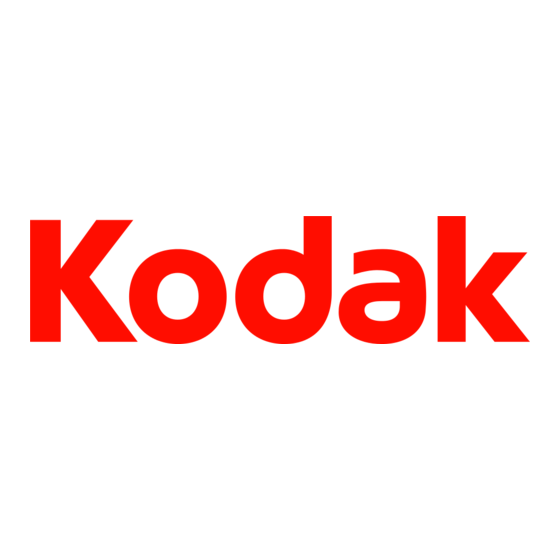

Kodak Ngenuity 9150 User Manual
Ngenuity 9000 series
Hide thumbs
Also See for Kodak Ngenuity 9150:
- Brochure (4 pages) ,
- Operator's manual (102 pages) ,
- User manual (78 pages)
Table of Contents
Advertisement
Advertisement
Chapters
Table of Contents




Need help?
Do you have a question about the Kodak Ngenuity 9150 and is the answer not in the manual?
Questions and answers